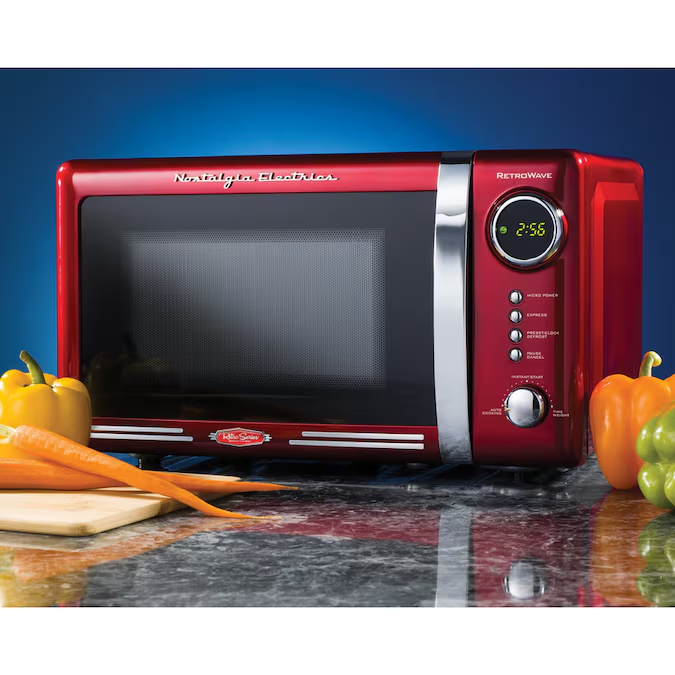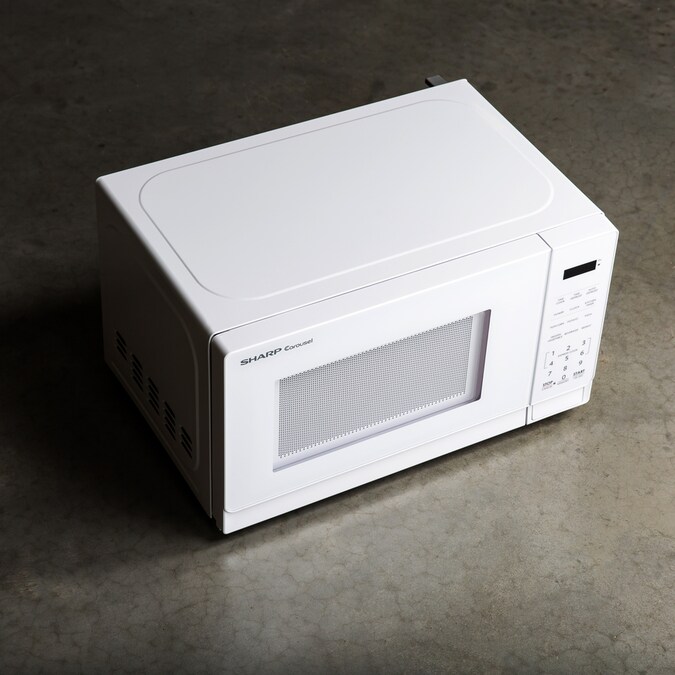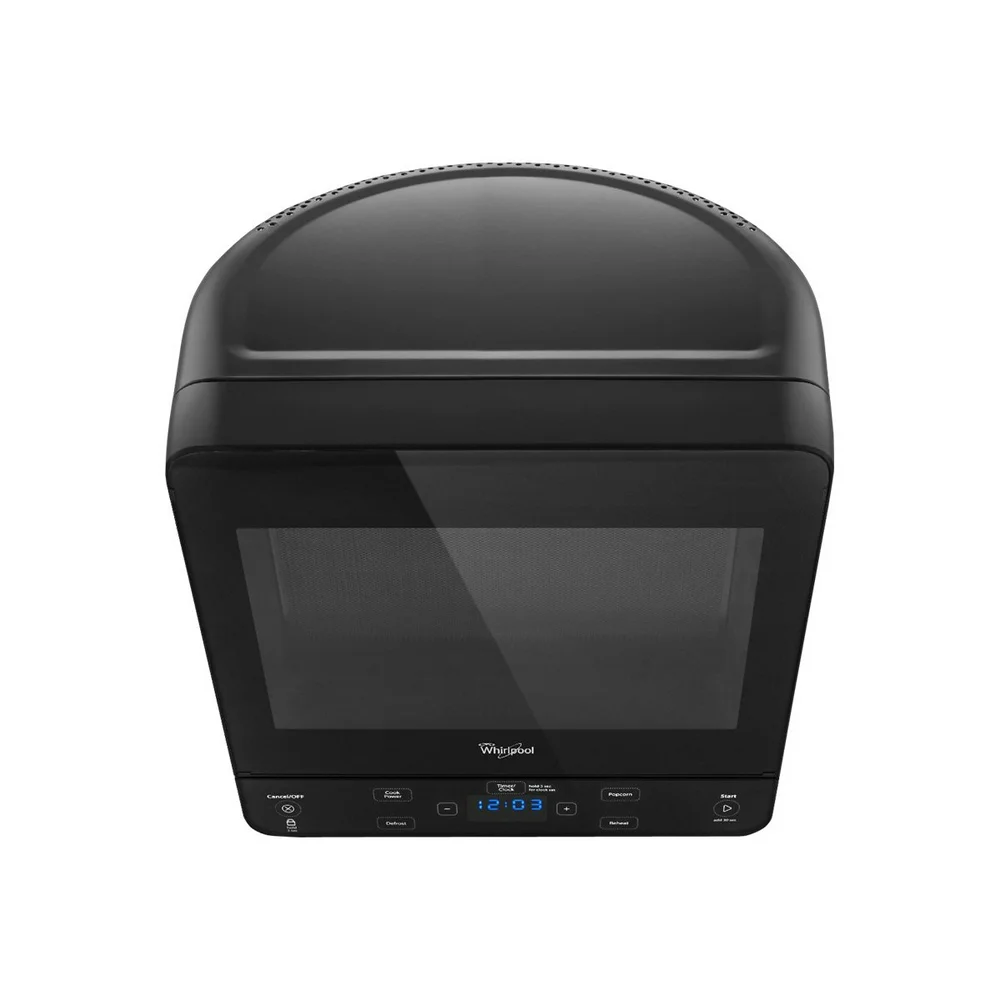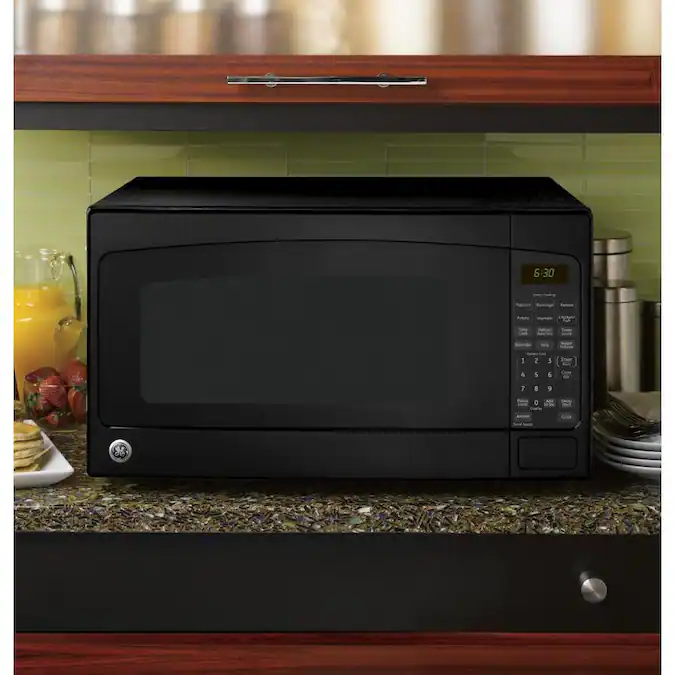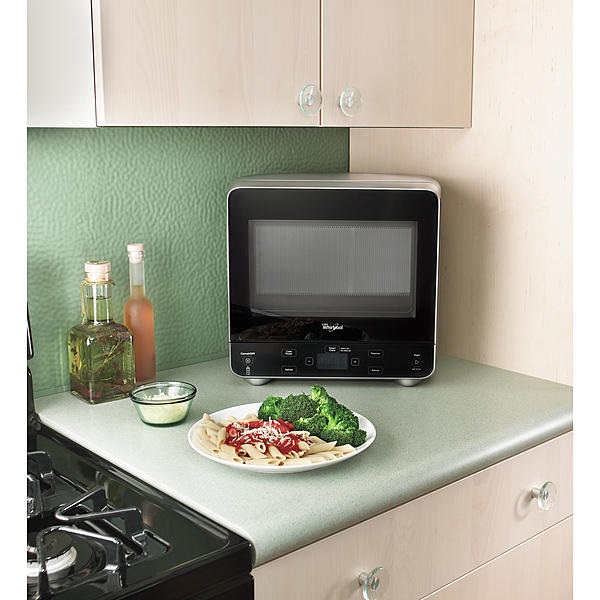
In the bustling world of modern cooking, the small countertop microwave has earned its place as an essential kitchen appliance. Designed for speed, efficiency, and ease of use, these devices have reinvented the way we prepare meals. From defrosting ingredients in moments to reheating last night’s dinner, the versatility of a small microwave is unmatched. This article will comprehensively explore the benefits, features, and considerations that make these compact appliances indispensable in our daily lives.
What is a Small Countertop Microwave?
Definition and Size Specifications
A small countertop microwave typically refers to microwaves that are compact enough to fit on a kitchen counter, generally defined by dimensions that do not exceed 24 inches in width. These microwaves usually have a wattage ranging from 600 to 1200 watts, making them powerful enough to handle most cooking tasks while still remaining energy-efficient.
Design and Aesthetics
Small countertop microwaves come in various designs, colors, and finishes, making it easy for homeowners to find one that matches their kitchen décor. Some models feature sleek stainless steel designs, while others come in bold colors for a pop of personality. Their compact design not only saves space but also enhances the aesthetics of the kitchen.
Advantages of Using a Small Countertop Microwave
Space Efficiency
One of the primary advantages of a small countertop microwave is its space-efficient design. These microwaves are perfect for small kitchens or apartments where every inch counts. They can easily fit into small nooks or be placed on top of kitchen counters without overwhelming the space.
Speed and Convenience
In today’s fast-paced world, convenience is key. A small countertop microwave allows users to heat, cook, or defrost food in a fraction of the time it takes using traditional methods. This quick turnaround is perfect for busy families, college students, or anyone with a hectic schedule.
Versatile Cooking Options
Small countertop microwaves are not just for reheating leftovers. With advanced features such as convection cooking, grill functions, and multiple power levels, these appliances can prepare a wide range of dishes. Some models even offer pre-programmed settings tailored for different types of food, making cooking easier than ever.
Features to Look for in a Small Countertop Microwave
Power Levels and Wattage
When selecting a small countertop microwave, wattage is crucial. A higher wattage generally means faster cooking times. Look for models with adjustable power levels, allowing you to customize the cooking process based on your specific meal requirements.
Size and Capacity
While these microwaves are designed to be compact, internal capacity can vary. It’s essential to consider the size of the dishes you typically use. Models with 1.0 to 1.5 cubic feet capacity are ideal for most households. Make sure to take measurements before purchasing to ensure a good fit.
Turntable and Rack Features
Many small countertop microwaves come equipped with rotating turntables to ensure even cooking. Some models also include racks for multi-level cooking. These features enhance versatility, allowing for larger meals or multiple dishes cooked simultaneously.
Digital Controls and Pre-set Options
User-friendly digital controls can make a world of difference. Look for models that offer pre-set cooking options for specific foods like popcorn, pizza, or frozen dinners. These settings simplify the cooking process, providing optimal results with minimal effort.
Sensor Cooking
An innovative feature in some newer models is sensor cooking, which automatically detects the moisture levels in food and adjusts cooking times accordingly. This takes the guesswork out of microwave cooking and can lead to better results.
Safety Features
Safety is paramount in any kitchen appliance. Look for a small countertop microwave that includes features like child locks, automatic shut-off, and cooling vents. These safety measures help prevent accidents, especially in households with young children.
Popular Uses of a Small Countertop Microwave
Meal Prep and Planning
For individuals keen on meal prep, a small countertop microwave acts as a valuable tool. It can quickly steam vegetables, heat grains, or even bake small portions. This capability streamlines the process of preparing meals for the week, saving time and effort.
Quick Snacks
Whether you’re popping popcorn for a movie night or heating a quick snack between meals, a small countertop microwave has you covered. Its convenience allows you to prepare snacks without the hassle of full cooking appliances.
Defrosting and Reheating
Defrosting meat or leftovers is one of the most common uses of a small countertop microwave. Many models come with specific settings for defrosting, making the process straightforward and efficient. Additionally, reheating meals is a breeze, ensuring you have hot, ready-to-eat food in minutes.
Baking Small Portions
Some compact microwaves come equipped with convection cooking features that allow for baking. From mug cakes to small quiches, these appliances can help satisfy your baking cravings without the need for a full-sized oven.
Maintenance Tips for Your Small Countertop Microwave
Regular Cleaning
To ensure optimal performance, regular cleaning is essential. Wipe down the interior and exterior with a damp cloth. For tough stains, a mixture of vinegar and water can help eliminate odors and buildup.
Checking the Turntable
If you notice uneven cooking or heating, inspect the turntable. It should rotate freely. Sometimes food debris can obstruct its movement, so keep it clean.
Ventilation
Proper ventilation is crucial for any microwave. Ensure that the vents are not blocked to prevent overheating. Leaving some space around the microwave can also help maintain airflow.
Inspecting Seals and Gaskets
Check the door seals and gaskets for any signs of wear or damage. A proper seal ensures consistent cooking results and prevents energy loss.
Frequently Asked Questions
How much space do I need for a small countertop microwave?
While it depends on the model, most small countertop microwaves require a minimum clearance of a few inches on all sides. Ensure to measure your kitchen counter and the microwave before purchasing.
Can a small countertop microwave replace a conventional oven?
While a small countertop microwave can handle various cooking tasks, it doesn’t fully replace a conventional oven. However, it can complement it well for quick cooking and reheating.
Are there specific foods that should not be microwaved?
Certain foods, like eggs in their shell, can explode in the microwave. Always check for food safety guidelines and use microwave-safe containers.
How do I know what wattage I need?
For general use, microwaves with 800 to 1200 watts are sufficient. If you often cook large meals, consider higher wattage for quicker cooking.
Do small countertop microwaves consume a lot of energy?
Most small countertop microwaves are energy-efficient and consume relatively less energy compared to conventional ovens. However, it’s always wise to check the energy rating.
The Future of Small Countertop Microwaves
As technology continues to evolve, the future of small countertop microwaves looks promising. With advancements in smart technology, we may soon see microwaves that can be controlled via smartphone apps, allowing for added convenience. Additionally, new features such as enhanced sensor cooking and energy-saving modes will likely become standard.
Innovations in design will also allow for more aesthetic choices, including built-in models that can blend seamlessly with kitchen cabinetry. As our cooking habits continue to change, the small countertop microwave will undoubtedly adapt to meet our needs.
Common Issues with Small Countertop Microwaves
Microwave Won’t Start
One of the most common issues is when a microwave refuses to start. This can be due to various reasons, which we will explore.
Possible Causes:
- Power Supply: Check if the microwave is plugged in and if the outlet is functioning. Test with another appliance.
- Door Safety Switch: Ensure that the door is closed securely. If the door is not shut properly, the microwave will not start.
- Fuse Issues: Microwaves have internal fuses that can blow. If the fuse is faulty, the microwave will not function.
Troubleshooting Tips
Step 1: Verify Power Source
First, check the power source. Ensure the microwave is plugged into functioning electricity. If you suspect an issue:
- Inspect the Power Cord: Check for any visible damage or fraying.
- Test the Outlet: Use a multimeter to ensure the outlet provides power. You can plug in another device to confirm functionality.
Step 2: Examine the Door
If the power source is fine, inspect the door mechanism.
- Check the Door Seal: Ensure that nothing is obstructing the door from closing completely.
- Test the Door Switch: With the microwave unplugged, consider testing the door switch for continuity using a multimeter.
Step 3: Inspect the Fuse
If the above checks do not resolve the issue, you may need to replace the fuse.
- Locate the Fuse: Refer to the user manual for locations.
- Remove and Test: Remove the fuse and test it with a multimeter for continuity. Replace with a fuse of the same rating.
 Microwave Runs but Does Not Heat
Microwave Runs but Does Not Heat
If your microwave turns on but doesn’t heat food, there are specific issues that might be at play.
Possible Causes:
- Faulty Magnetron: The magnetron may be damaged or burned out.
- High-Voltage Capacitor: This component stores high voltage and can fail.
- Diode Failures: The high-voltage diode converts AC to DC and can also become faulty.
Troubleshooting Tips
Step 1: Listen for Sounds
When the microwave operates without heating, listen for the magnetron’s sound. If it operates silently, the magnetron may need replacement.
Step 2: Check the Diode
- Locate the Diode: Refer to your microwave’s manual.
- Test the Diode: Use a multimeter to assess the functionality. A good diode should have continuity in one direction.
Step 3: Review the Magnetron
Inspecting the magnetron typically requires professional assistance due to high voltage risks involved.
Conclusion
The small countertop microwave is more than just a kitchen appliance; it’s a game-changer that has transformed the way we cook and reheat our meals. With their compact designs, versatility, and user-friendly features, they provide unmatched convenience in our busy lives. As we continue to embrace modern cooking technologies, the small countertop microwave will solidify its position as a staple in kitchens around the world. Whether you’re defrosting, reheating, or preparing quick snacks, this appliance proves that sometimes the most compact solutions can deliver the biggest benefits.
